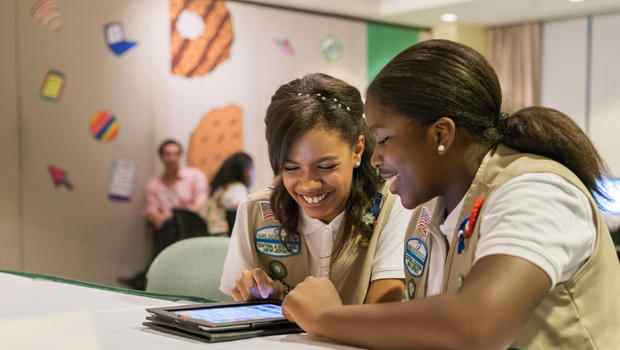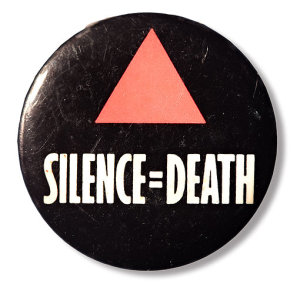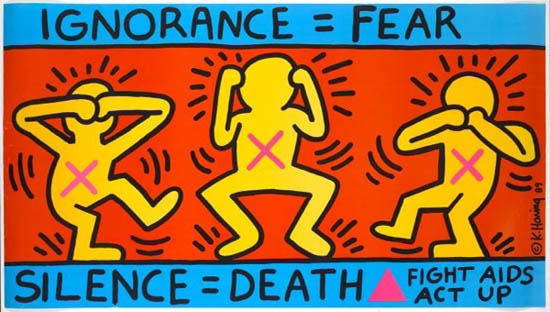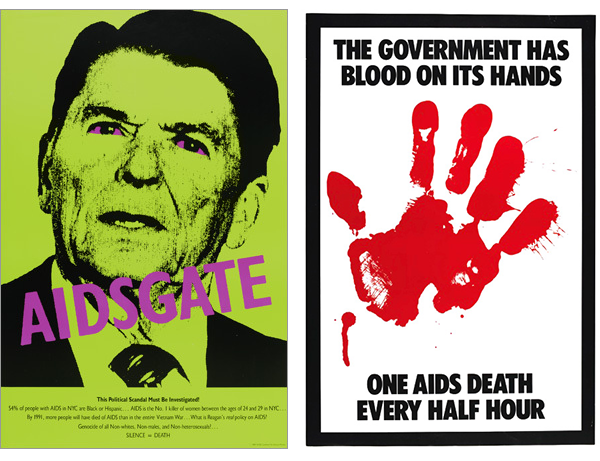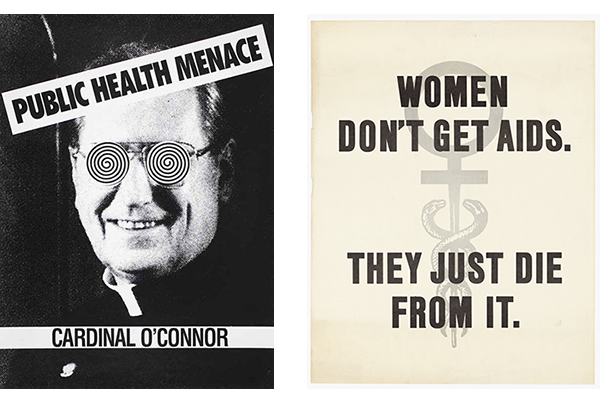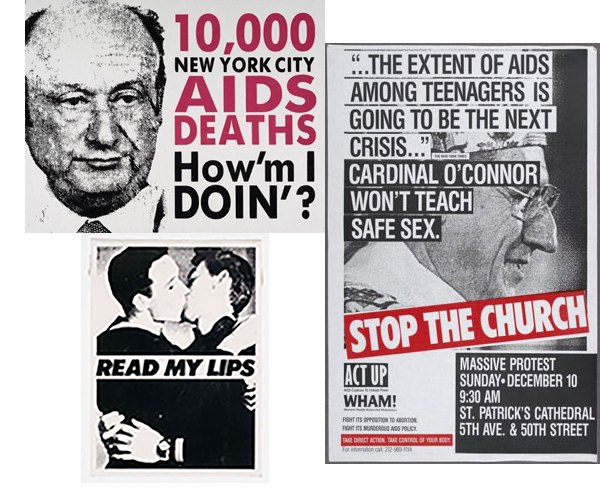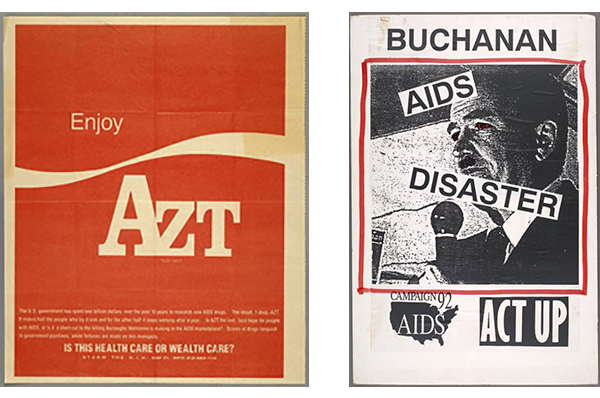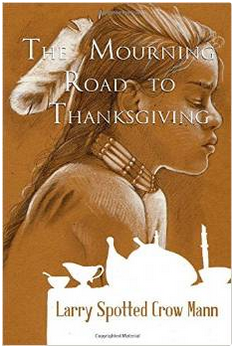Breaking News, Fallen Heroes & New Business: My Year In Review
Breaking News
I first decided to become a journalist when I was a kid. I just loved breaking news. Whenever there was a big story happening, my eyes and ears would be glued to the television or radio. I would ferociously devour every articles about that story in newspapers and magazines. Whether it was the Monica Lewinsky sex scandal or the 9/11 terror attacks, I became a news addict.
But something changed this year. 2014 was just full of bad news, starting with the MH370 disappearance. How does a plane just disappear into thin air? It really hit home with me because I once flew Malaysia Airlines to Kuala Lumpur years ago on business and know of at least one person who has actually flown on that flight to Beijing within the last year. At first I was addicted to that “breaking news,” for the first month, although there hadn’t been any real news about MH370 since the day it disappeared. But after that month it became so clear that the plane may never be found and it just made me sad to watch the story play out.
And then after that, it just became one depressing story after another. Another Malaysia Airlines plane is shot down over Ukraine, airstrikes in Gaza, school shootings, Ebola, Boko Haram, the CIA torture report and the ongoing war on black males.
This year we lost some really great people like Maya Angelou, Ruby Dee, Amiri Baraka, Nadine Gordimer, Pete Seeger, Tom Menino, Gabriel Garcia Marquez and most sadly Robin Williams. One of my heroes Stuart Hall also passed away this year. He was one of the reasons I minored in post colonial studies in college and his communications theory even influenced my ideas around branding and marketing for my business.
However, when I heard about the beheading of Jim Foley by some “aspiring rapper” in ISIS, I had to just stop looking at the TV because I literally felt sick to my stomach that something like that could happen to a fellow journalist.
Now I just try to meditate to take my mind away from the horrors happening on this planet, even if it is just for a few minutes.
Fallen Heroes
I grew up watching the Cosby Show literally. I remember when I was a kid, I was only allowed to watch TV one night during the school week and that was on Thursday nights when the show was on in the late 1980s and early 1990s. My parents were big supporters of Bill Cosby’s family values philosophy. Sometimes I would wonder what it would be like to be Rudy or Vanessa and have Dr. Huxtable as my dad. I would still watch reruns of the show well into adulthood because the show is the most enjoyable, family oriented thing to watch on TV these days, compared to the sea of garbage reality TV shows.
But this all changed in a matter of days when I saw video of Hannibal Buress’ now infamous rant. And then came all of the women. All of them had the same story of being drugged and raped. So many women. How did I not know about this when a woman sued him in 2005? Maybe I wasn’t paying attention back then or maybe I was in denial that he would do such a thing. As more women come forward, I say to myself “Who is this man?” This is not something the morally upstanding Dr. Huxtable would do. Or would he? Dr. Huxtable was also a gynaecologist, which makes the whole rape thing even more creepy.
I really want the charges to be false, but if they are true, I hope the women get justice and can find closure. But, if they are true, my childhood is ruined.
New Business
In business news, it’s been a good year for me. This new journalism startup I have been working on for the last two years is starting to pick up steam with the possibility of going live in mid to late 2015. The project will be focused on economic development in the Caribbean. I also had the opportunity to work on two documentaries and instructed three media development courses for journalists from Senegal, Lebanon and Cambodia.
I got my certification in web design this year after months of learning and mastering four programming languages. I created a test prototype Women Talking which gave me the opportunity to combine my journalism and programming skills. I was invited to speak about interaction design at Columbia University and teach a web design class for a group of journalists from developing countries at UN Week. I am also developing a brand new media development project that I will be announcing next year.
I also presented an instructional web design prototype at ATE PI, a conference for educators and policymakers looking for new ways to improve STEM education in community colleges nationwide. It was an honor to be invited and play a role in how STEM is taught to future leaders in the field.
I launched a creative design studio within my company called Global Wire Design over the summer. I hired three new employees for it. Global Wire Associates as a whole is doing very well. We have seen our highest profits ever this year.
As I go into my tenth year of running this business, I am grateful for my success and all the great people who helped me get to this point. There were a lot of “haters” at the beginning who didn’t think I could do this, but I have proved them wrong. When you put your mind to it, you can be successful at anything. I am here and ready for whatever new challenge comes in the new year!

